What are the steps in ventral stress fiber formation?
What are the steps in ventral stress fiber formation? Recent data suggests that ventral stress fibers are created by reorganizing pre-existing dorsal stress fibers and transverse arcs [1].Other contrasting models for the formation of ventral stress fibers not covered in this resource include annealing [...]


